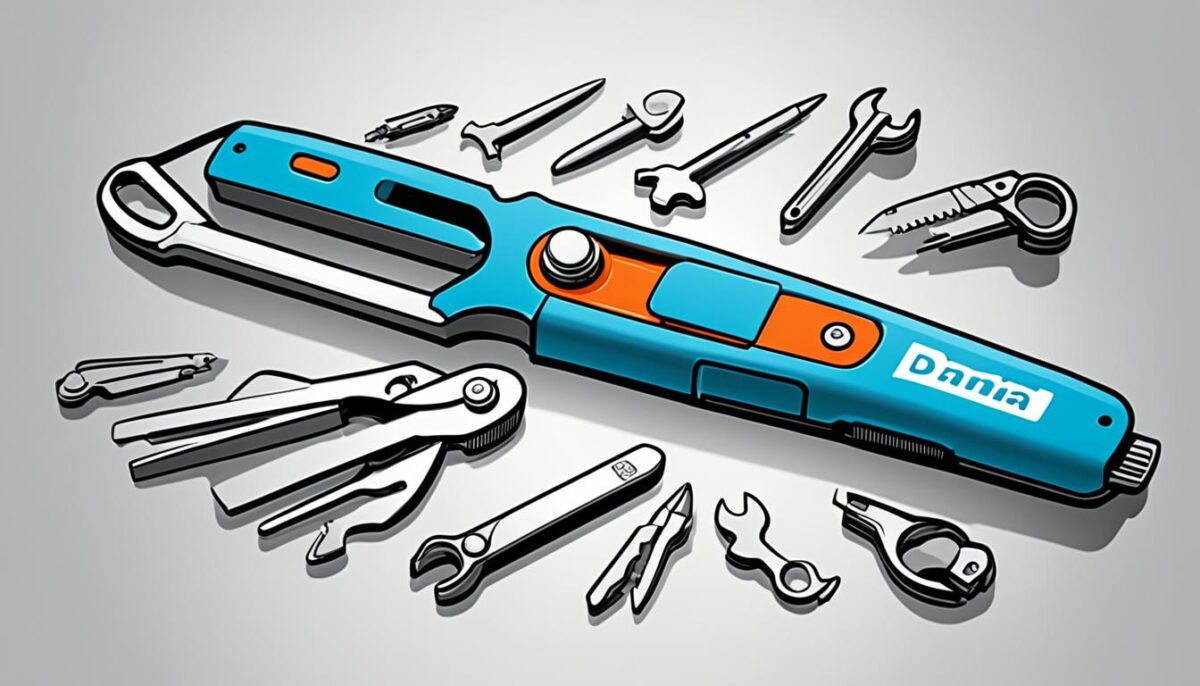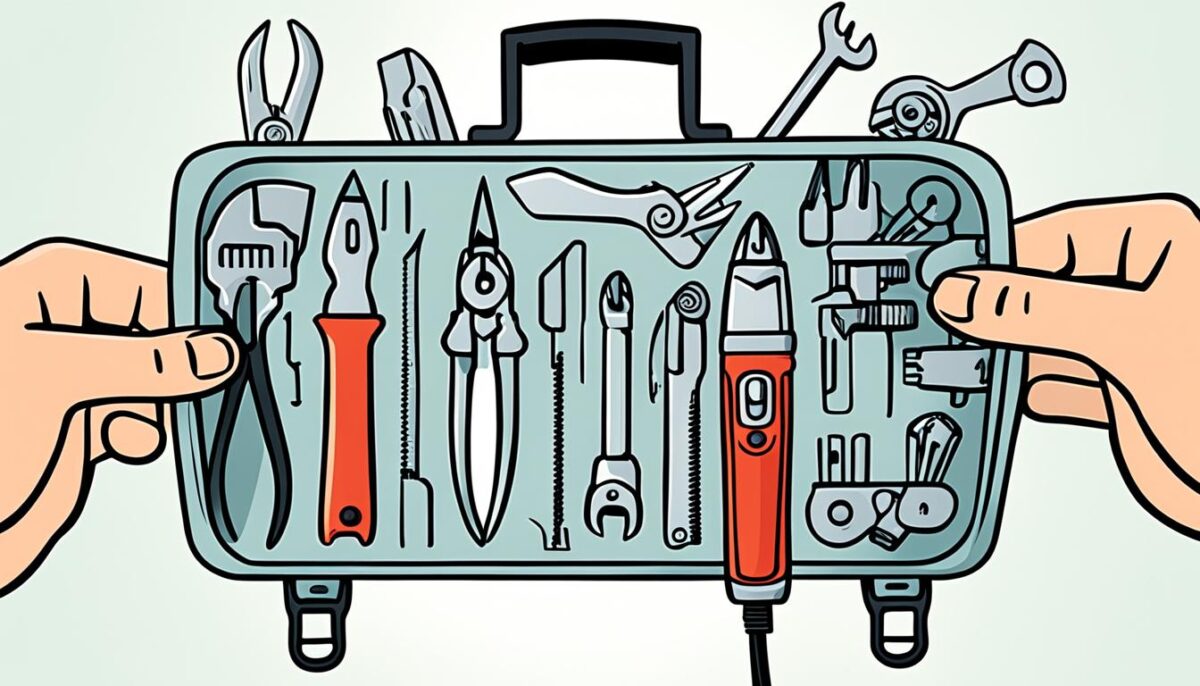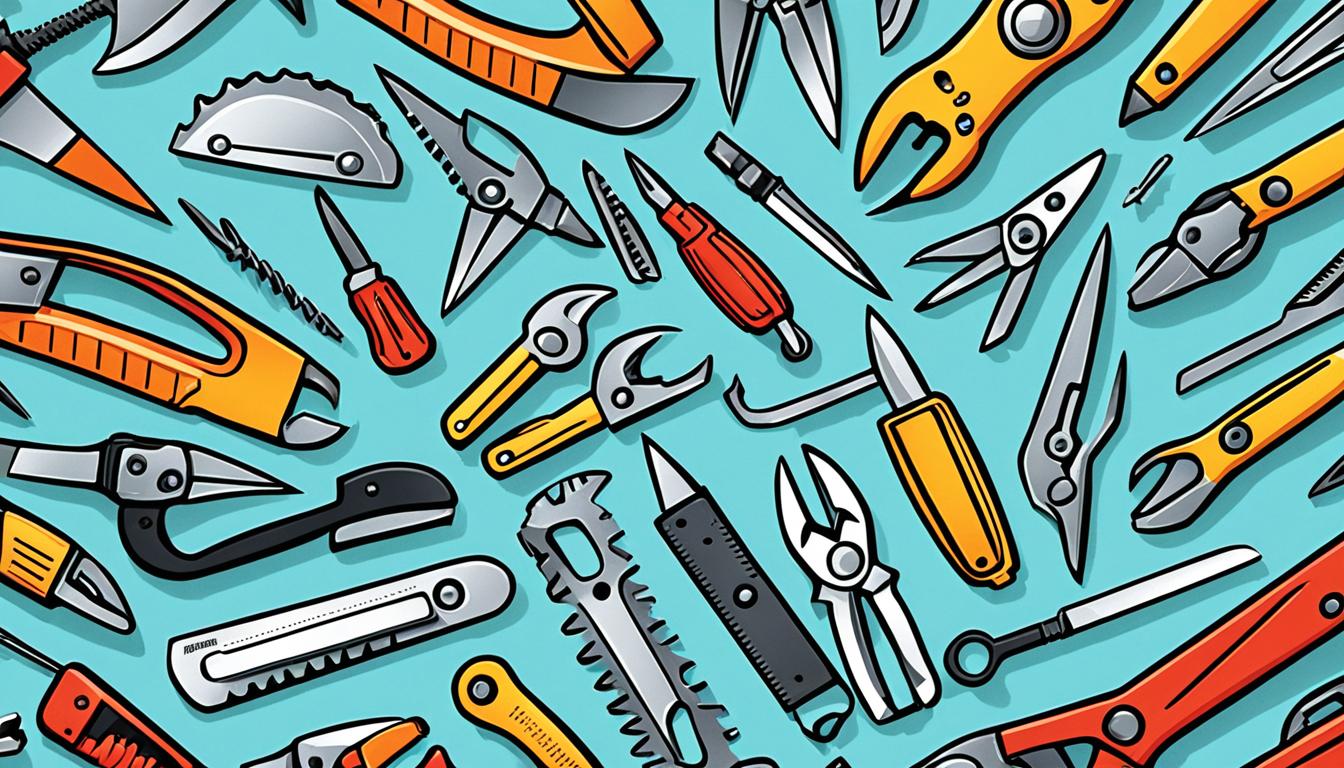Multi-tools have become essential tools in our daily lives, seamlessly blending practicality with convenience. These multitasking tools encompass various functions, enabling us to tackle a plethora of tasks with just one compact device. As we explore the benefits of multi-tools, we also recognize the potential disadvantages they present. Our goal is to provide a balanced perspective, weighing both sides to help us make informed decisions about when to utilize these versatile devices.
Understanding Multi-Tools: A Comprehensive Overview
A multi-tool represents a versatile device that combines several tools into a single compact form, making it essential for various tasks. The definition of multi-tool encompasses a wide range of functionalities, including pliers, knives, screwdrivers, and scissors. Each tool serves a specific purpose, ensuring we have what we need when tackling everyday projects or emergencies.
What is a Multi-Tool?
The essence of multi-tools lies in their multifunctionality. We encounter various types of multi-tools tailored for different users and tasks. The basic pocket-sized models offer essential tools for daily use, while larger, more complex versions cater to professionals who require numerous features at their fingertips. Key features of multi-tools include durability, portability, and ease of use, which make them appealing to hobbyists, tradespeople, and outdoor enthusiasts alike.
History and Evolution of Multi-Tools
The history of multi-tools dates back centuries, evolving from simple hand tools into today’s sophisticated designs. This evolution began with the iconic Swiss Army Knife, which introduced the groundbreaking concept of integrating multiple functions in a single device. Over the years, significant milestones shaped the development of multi-tools, including the introduction of tools by reputable brands like Leatherman and Gerber. These brands propelled the evolution of multi-tools, incorporating innovative features that cater to a growing audience.

This journey from basic hand tools to iconic multi-tools showcases how our needs and technological advancements have influenced the tool industry. Understanding this rich history will help us appreciate the modern multi-tools we rely on today.
Pros and Cons of Multi-Tools
Multi-tools are popular for a reason. They combine a variety of tools into one compact device, making them an appealing choice for everyday tasks and adventures. We can explore both the advantages and disadvantages of multi-tools to give a balanced view of their usage.
Advantages of Using Multi-Tools
The benefits of multi-tools are plentiful, showcasing impressive multi-tool advantages for users across different scenarios. Some key pros of multi-tools include:
- Versatility: Multi-tools offer a range of functions, allowing us to handle various tasks with a single device. Whether we need a knife, screwdriver, or pliers, we can find it all in one tool.
- Space-Saving Design: They are compact, making them ideal for those who want to save space in their bags or pockets.
- Convenience: Carrying multiple tools can be cumbersome. With a multi-tool, we eliminate the need for several devices, simplifying our workflow.
- Cost-Effectiveness: Instead of purchasing individual tools, we can invest in one multi-tool that provides various functionalities, reducing overall costs.

Common Drawbacks and Limitations
While the benefits of multi-tools are clear, we should also consider the disadvantages of multi-tools. There are some common drawbacks and limitations we encounter:
- Potential Tool Weakness: The design that allows for multiple functionalities sometimes compromises the strength of individual tools.
- Lack of Specialized Functionality: Some tasks may require specialized tools that multi-tools can’t provide effectively.
- Access Challenges: Retrieving certain tools can be awkward as some may be difficult to reach without unfolding or adjusting other components.
Understanding both the multi-tool advantages and cons of multi-tools helps us make informed decisions about when and how to best use them in our daily lives and projects.
When Should We Use a Multi-Tool?
Multi-tools offer incredible versatility, making them useful in a variety of scenarios. Knowing when to reach for our EDC multi-tools can make our daily challenges much easier. Everyday carry situations can occur unexpectedly, whether we need to tighten a loose screw on our glasses, open a stubborn package, or deal with a minor emergency. Having an EDC multi-tool handy ensures we are prepared for these small yet practical uses of multi-tools that arise in our everyday lives.
Everyday Carry Scenarios
In our busy lives, it’s the little tasks that can sometimes become frustrations. Let’s face it: how many times have we struggled to find the right tool for a simple fix? With an everyday carry multi-tool, we eliminate that frustration. These compact devices typically combine multiple functions, like screwdrivers, scissors, and bottle openers, allowing us to navigate various situations efficiently. It’s reassuring to know that a multi-tool can help us tackle those minor repairs or sudden challenges as they come up.
Outdoor Adventures and Survival Situations
Shifting gears from our daily routines, outdoor adventures present a whole new landscape where multi-tools shine, especially in camping and hiking situations. When we head out into the wild, an outdoor multi-tool becomes indispensable for various tasks—from food preparation to emergency repairs. Survival multi-tools are particularly designed for rugged environments, often encompassing features like knives and fire starters that can be crucial in survival scenarios. Whether we’re setting up camp or addressing unexpected challenges, having the right multi-tool for camping can enhance our outdoor experience and provide peace of mind.

